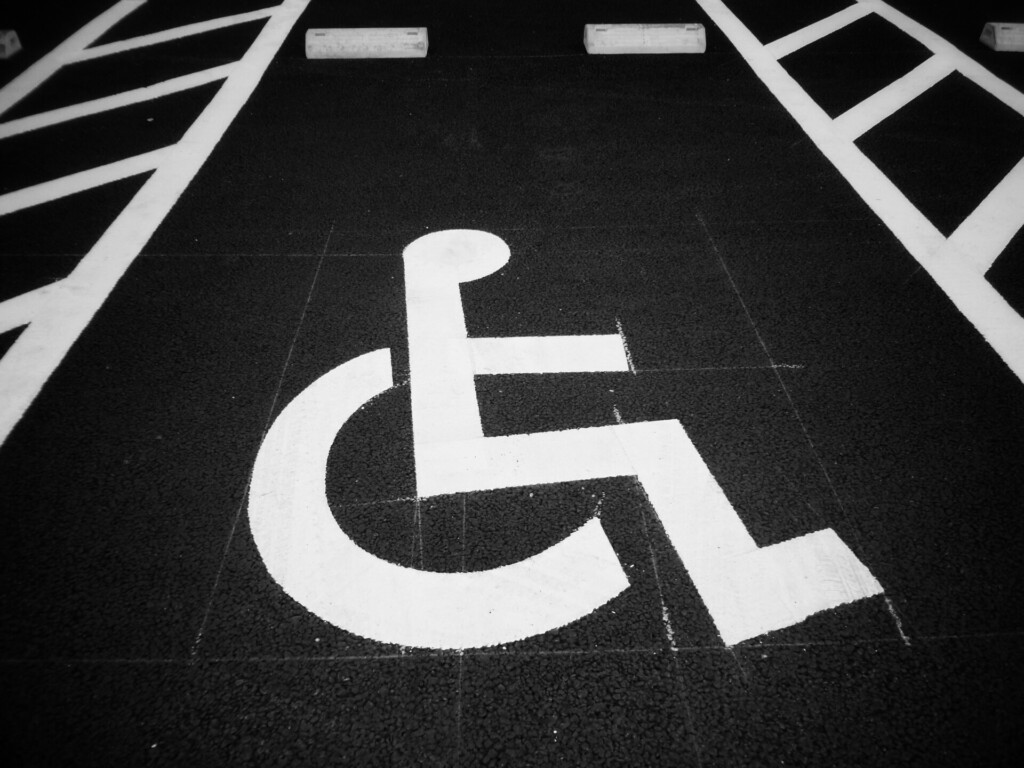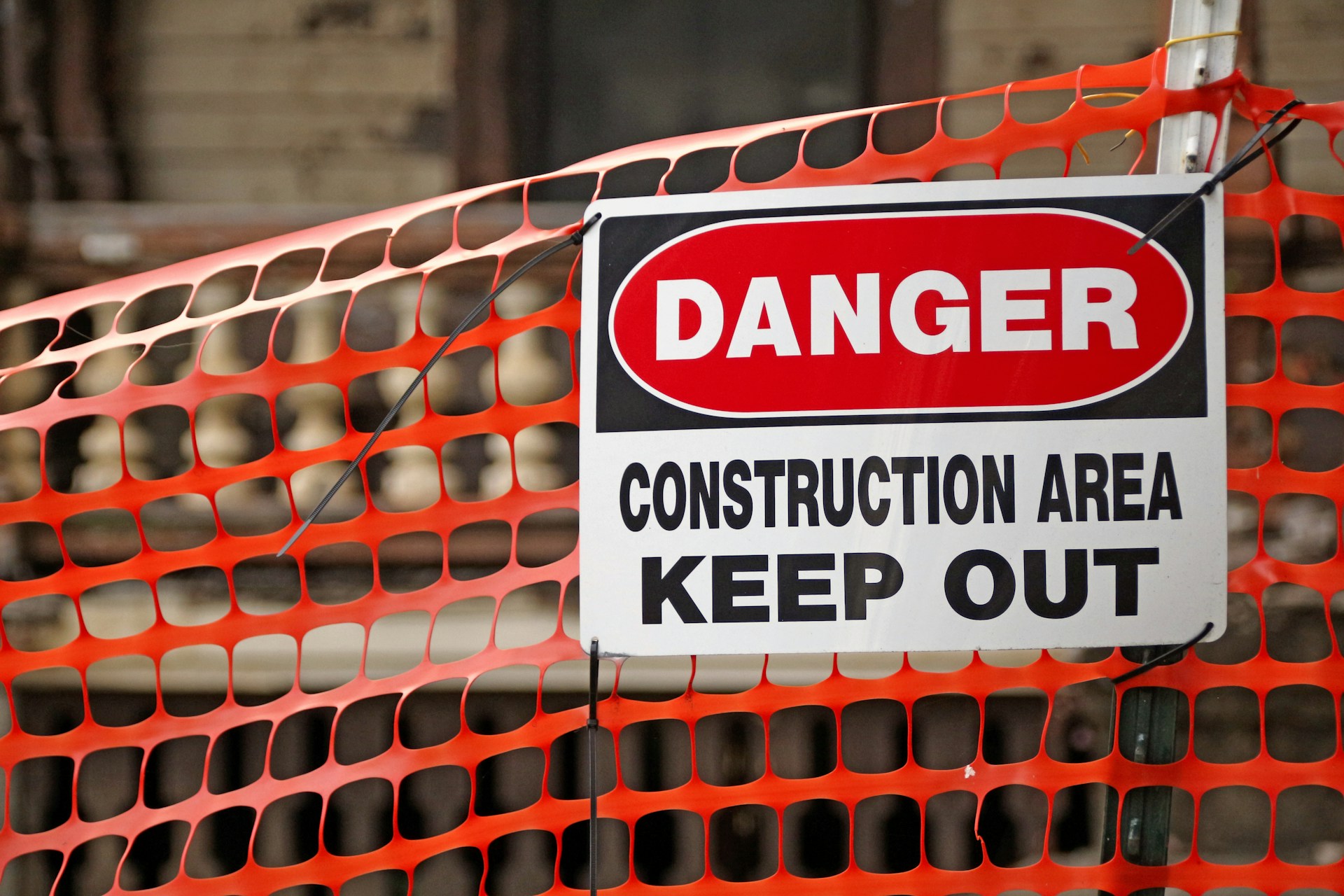The Americans with Disabilities Act (ADA) is a comprehensive civil rights law that has significantly transformed how healthcare facilities approach accessibility. Enacted over three decades ago, the ADA aims to eliminate discriminatory barriers that prevent people with disabilities from fully participating in society, including accessing medical care. For healthcare providers, ADA compliance is not only a legal requirement—it’s an essential ethical obligation to ensure all patients can receive quality care.
The ADA’s reach covers nearly all healthcare entities open to the public. Public hospitals and government-run healthcare facilities fall under Title II of the ADA, while private practices, clinics, and other healthcare businesses are covered by Title III. Regardless of their size or structure, all providers must ensure that their services are fully accessible to individuals with disabilities. This encompasses everything from the physical layout of facilities to communication policies, and even the digital accessibility of websites and electronic health records.
For healthcare administrators and practitioners, understanding ADA compliance involves recognizing that accessibility affects every aspect of the patient experience. It goes beyond merely having a wheelchair ramp at the entrance. It’s about ensuring that examination rooms are navigable, signage is readable for those with visual impairments, effective communication is achieved for patients who are deaf or hard of hearing, and policies are flexible enough to accommodate the needs of all patients.
What Types of Healthcare Facilities Must Comply with the ADA?

The Americans with Disabilities Act (ADA) covers a wide range of healthcare facilities, encompassing almost all entities offering medical services to the public. Here is a breakdown of the key types of facilities that must comply:
Public Healthcare Facilities
Under Title II of the ADA, public hospitals, clinics, and health centers run by state or local governments are required to ensure equal access for people with disabilities. This includes facilities such as:
- County hospitals
- City-run health clinics
- State psychiatric facilities
Private Healthcare Entities
Title III of the ADA mandates that private healthcare providers are considered places of public accommodation. This includes a wide array of facilities like:
- Doctors’ offices
- Pharmacies
- Nursing homes
- Dental practices
- Ambulatory treatment centers
- Urgent care facilities
- Specialty clinics (e.g., physical therapy, chiropractic)
If a healthcare facility is accessible to the public and provides medical services, it likely falls under ADA requirements, regardless of its size or specialty.
Additional Considerations
Healthcare facilities that receive federal funds, including Medicare and Medicaid reimbursements, might also be subject to Section 504 of the Rehabilitation Act, which imposes accessibility requirements similar to the ADA.
At EB3 Construction, we recognize the unique challenges healthcare facilities face in maintaining ADA compliance. Our team has extensive experience in healthcare construction and renovation projects, ensuring your facility meets all necessary accessibility standards while optimizing functionality for both staff and patients.
What Are the Three Key Requirements for ADA Compliance?
Healthcare facilities must meet three essential requirements to comply with the Americans with Disabilities Act (ADA):
- Reasonable modifications of policies, practices, and procedures to provide equal access to services. For example, a clinic may need to adjust its policy of not allowing animals to accommodate a patient’s service dog.
- Effective communication through appropriate auxiliary aids and services for people with sensory disabilities. This could include providing sign language interpreters, Braille materials, or assistive listening devices as needed.
- Accessible facilities with proper physical design and equipment. This involves removing architectural barriers and ensuring medical equipment like exam tables and diagnostic machines can be used by people with mobility disabilities.
Each of these requirements addresses different barriers faced by people with disabilities and helps ensure they receive equal access to medical care. Healthcare providers must evaluate their facilities, policies, and communication practices to identify and remove obstacles that could prevent full participation by patients with disabilities.
Implementing these ADA requirements often involves ongoing staff training, facility upgrades, and policy reviews. While achieving full compliance can be complex, it is essential for providing equitable, high-quality care to all patients. Healthcare organizations should view ADA compliance not just as a legal obligation, but as an opportunity to better serve their entire community.
| Title | Entities Covered | Key Requirements |
| Title II | Public hospitals, clinics, health centers by state or local government | Ensure equal access through program accessibility |
| Title III | Private healthcare providers such as doctors’ offices, pharmacies, nursing homes | Provide full and equal access through barrier removal and accessible facilities |
| Section 504 | Healthcare facilities receiving federal funds, including Medicare and Medicaid reimbursements | Compliance with accessibility measures similar to the ADA |
What Physical Accessibility Features Are Required?

Healthcare facilities must incorporate accessible features throughout their spaces to comply with ADA guidelines and ensure equal access for patients with disabilities. Key physical accessibility features include:
Facility-Wide Accessibility
Healthcare organizations should address accessibility in all areas patients may encounter, including:
- Accessible parking spaces and clear pathways to entrances
- Doors with lever handles for easy operation
- Wheelchair-accessible bathrooms with grab bars and adequate turning space
- Clear pathways without objects that could impede mobility
- Signage with high contrast and large print to aid those with visual impairments
Accessible Examination Rooms
Examination rooms need specific accessibility features to enable proper care for patients with disabilities:
- Entry doors with at least 32-inch clear width
- Clear floor space of at least 30 by 48 inches for wheelchair transfers
- Adjustable-height examination tables that lower to 17-19 inches from the floor
- Sufficient space around examination tables for staff assistance with transfers
Accessible Medical Equipment
To provide equitable care, healthcare facilities should include accessible medical equipment such as:
- Wheelchair-accessible weight scales
- Adjustable mammography machines with wheelchair access
- Patient lifts to safely transfer patients with mobility limitations
- Imaging and diagnostic equipment with wheelchair access and adjustable heights
Implementing all accessibility features may seem daunting, but healthcare organizations can develop a prioritized plan to address the most critical needs first. Regular accessibility assessments can help identify gaps and guide ongoing improvements. By focusing on removing physical barriers and providing accessible equipment, healthcare facilities can work toward ensuring all patients receive equitable, high-quality care regardless of disability status.
How Can Healthcare Facilities Ensure Effective Communication?
Effective communication is crucial for healthcare facilities serving patients with sensory disabilities. For individuals who are deaf or hard of hearing, providing qualified sign language interpreters is often necessary, particularly for scheduled appointments or complex medical discussions. Healthcare providers should arrange for interpreters in advance when possible and have processes to quickly obtain interpreter services for unscheduled or emergency situations.
For patients with vision impairments, healthcare facilities need to offer materials in accessible formats. This may include large print documents, braille versions of important forms and educational materials, or audio recordings of discharge instructions and medication information. Staff should be ready to read aloud written materials when needed.
Training healthcare staff on effective communication practices is essential. Providers and support personnel should communicate directly with patients who have sensory disabilities, rather than speaking through companions or caregivers. Staff should also assist patients in completing forms or navigating the facility as needed.
Digital accessibility is increasingly important as healthcare becomes more technology-driven. Facilities must ensure their websites, patient portals, check-in kiosks, and electronic health record systems are compatible with screen readers and other assistive technologies. Providing alternative text for images and captions for videos improves online content accessibility.
Simple accommodations can make a significant difference, such as having pen and paper available, reducing background noise in exam rooms, and ensuring good lighting for patients who rely on lip-reading. Facilities should also have personal amplification devices, like pocket talkers, on hand.
Ultimately, healthcare providers need to remain flexible and attentive to each patient’s individual communication needs. By removing barriers and providing appropriate auxiliary aids and services, facilities can ensure all patients receive high-quality care and actively participate in their healthcare decisions.
| Communication Situation | Accommodation Example |
|---|---|
| A person who is deaf attending a medical consultation. | Provide a sign language interpreter or real-time captioning. |
| A patient with low vision receiving written medical instructions. | Offer Braille or large-print versions of the document. |
| A deaf-blind person needs information from a public notice board. | Provide a qualified reader or screen reader compatible material. |
| A patient with a speech disability booking an appointment. | Use speech-to-text recognition software or note-taking. |
| A person with a hearing impairment during an online consultation. | Use real-time captioning or ensure video content is captioned. |
Conclusion: Implementing ADA Compliance in Your Healthcare Facility

Achieving full ADA compliance in healthcare facilities is an ongoing process requiring a comprehensive approach. While it may not be possible to remove every barrier immediately, developing a strategic plan for improving accessibility over time is crucial. Focus on three key areas:
- 1. Policy and procedure updates: Review and revise policies to ensure they accommodate patients with disabilities. This includes allowing service animals, providing extended appointment times as needed, and offering flexible scheduling options.
- 2. Communication accessibility: Implement systems for effective communication with patients who have hearing, vision, or speech disabilities. This may involve providing sign language interpreters, offering materials in alternative formats, and training staff on communication techniques.
- 3. Physical accessibility improvements: Assess your facility for barriers and develop a plan to address them. Focus first on high-impact, readily achievable changes like installing grab bars, widening doorways, or acquiring an adjustable exam table. Plan for more extensive modifications in future budgets.
Perhaps most critically, invest in comprehensive staff training. Your team needs to understand ADA requirements, know how to operate accessible equipment, safely assist with patient transfers, and communicate effectively with people who have various disabilities. Regular training ensures staff can provide equal, high-quality care to all patients.
By taking a proactive approach to ADA compliance, healthcare facilities not only avoid potential legal issues but also deliver better care for all patients. Improved accessibility benefits everyone, creating a more welcoming and inclusive environment. We encourage you to start by focusing on staff awareness and training while developing longer-term plans for policy updates and physical modifications. With commitment and ongoing effort, your facility can become a model of accessible, patient-centered care.
Ready to take the next step in improving accessibility at your healthcare facility? Contact EB3 Construction to discuss how we can help implement ADA-compliant renovations and upgrades.




